| [1]邱蔚六.口腔颌面外科学[M].6版.北京:人民卫生出版社, 2008: 414.[2]Zhang M, Zhang X, Zheng C. Application of buccal fat pads in pack palate relaxing incisions on maxillary growth: a clinical study. Int J Clin Exp Med. 2015;8(2):2689-2692.[3]Barnard J, Millner R. A review of topical hemostatic agents for use in cardiac surgery. Ann Thorac Surg. 2009;88(4):1377-1383.[4]王勇,陆伟.体内可吸收止血材料研究及临床应用[J].生物医学工程学杂志,2009,26(4):922-926.[5]吴冰,叶茂昌,李志来,等.腭裂松弛切口碘仿纱条填塞的临床观察[J].临床口腔医学杂志,2003,19(10):607-608.[6]王力敏,殷卫红,刘楠.腭裂手术的回顾与体会[J].口腔医学, 2001, 9(3):135-136.[7]阳爱民,陈红.腭裂松弛切口处理方法的探讨[J].现代口腔医学杂志,2004,18(3):281-282.[8]傅豫川.唇腭裂整复术的现代概念[J].口腔医学研究, 2002,18(4): 217-221.[9]董智.吸收明胶海绵中明胶交联度的测定[J].药物分析杂志, 2010,30(3):511-512.[10]Kobatake K, Mita K, Kato M. Effect on hemostasis of an absorbable hemostatic gelatin sponge after transrectal prostate needle biopsy. Int Braz J Urol. 2015;41(2):337-343.[11]Donaldson MR, Weber LA. Gelatin sponge to decrease pedicle bleeding after paramedian forehead flap. Dermatol Surg. 2015;41(4):532-533. [12]Toda A, Sawada K, Osuga K, et al. Efficacies of uterine artery embolization for symptomatic uterine fibroids using gelatin sponge: a single-center experience and literature review. Int J Womens Health. 2016;8:397-404.[13]Karim AB, Lindsey S, Bovino B, et al.Oral Surgical Procedures Performed Safely in Patients With Head and Neck Arteriovenous Malformations: A Retrospective Case Series of 12 Patients. J Oral Maxillofac Surg. 2016;74(2):255.e1-8.[14]Shimohira M, Nagai K, Hashizume T, et al. Preoperative transarterial embolization using gelatin sponge for hypervascular bone and soft tissue tumors in the pelvis or extremities. Acta Radiol. 2016;57(4):457-462.[15]Toda A, Sawada K, Osuga K, et al. Efficacies of uterine artery embolization for symptomatic uterine fibroids using gelatin sponge: a single-center experience and literature review. Int J Womens Health. 2016;8:397-404.[16]Dong Y, Liu W, Lei Y, et al. Effect of gelatin sponge with colloid silver on bone healing in infected cranial defects. Mater Sci Eng C Mater Biol Appl. 2017;70(Pt 1):371-377.[17]Liang J, Liu H, Huang X, et al. Using tranexamic acid soaked absorbable gelatin sponge following complex posterior lumbar spine surgery: A randomized control trial. Clin Neurol Neurosurg. 2016;147:110-114.[18]Li Y, Yao M, Wang X, et al. Effects of gelatin sponge combined with moist wound-healing nursing intervention in the treatment of phase III bedsore. Exp Ther Med. 2016;11(6):2213-2216.[19]Igai H, Yamamoto Y, Chang SS, et al. Tracheal cartilage regeneration by slow release of basic fibroblast growth factor from a gelatin sponge. J Thorac Cardiovasc Surg. 2007; 134(1):170-175.[20]刘宿,牛金柱,葛衡江,等.三种止血材料止血活性的体外实验研究[J].中华创伤杂志,2001,17(12):732-735.[21]黄旭,石冰,宋庆高,等.硬腭裸露骨面对上颌骨及牙弓生长发育的影响[J].中华口腔医学杂志,2005,40(3):207-209.[22]Liao YF, Lee YH, Wang R, et al. Vomer flap for hard palate repair is related to favorable maxillary growth in unilateral cleft lip and palate. Clin Oral Investig. 2014;18(4):1269-1276.[23]Mohan S, Kankariya H, Harjani B. The use of the buccal fat pad for reconstruction of oral defects: review of the literature and report of cases. J Maxillofac Oral Surg. 2012;11(2):128-131.[24]Gregory.R.D.Evans.整形外科手术学[M].北京:人民卫生出版社,2001:429-439.[25]Sommerlad BC. A technique for cleft palate repair. Plast Reconstr Surg. 2003;112(6):1542-1548.[26]张红闯,万延俊,张扬,等. Sommerlad腭帆提肌重建联合带蒂颊脂垫瓣在完全性腭裂修复中的应用[J]. 组织工程与重建外科杂志,2015,11(4):252-254.[27]刘慧,龚忠诚,扈梅,等. 腭裂松弛切口不同处理方法的临床观察比较[J].新疆医科大学学报,2013,36(9):1297-1300.[28]廖圣恺,徐涛,高廷益,等. 腭裂术后松弛切口两种不同处理方法临床效果比较[J].中国实用口腔科杂志,2010,3(1):35-37.[29]王洪涛,孙莲芬,张祖斌. 腭裂创面不同处理方法的比较[J]. 临床口腔医学杂志,2007,23(10):614-615.[30]Cenni E, Ciapetti G, Stea S, et al. Biocompatibility and performance in vitro of a hemostatic gelatin sponge. J Biomater Sci Polym Ed. 2000;11(7):685-699.[31]何平. 三种鼻腔填塞物在老年鼻出血患者中的应用[J]. 西部医学,2011,23(8):1522-1523.[32]池朝玲,张军,庞晓纲,等. 腭裂术后松弛切口不同处理方法的观察[J]. 现代口腔医学杂志,2008,22(3):242-243.[33]刘军平,孙明亮,杜语, 等. 腭裂术后松弛切口两种不同处理方法的比较[J]. 西部医学,2008,20(2):368-369.[34]丰景,胡升.腭裂松弛切口填塞明胶海绵80例的临床观察[J].口腔医学,2007,27(10):556-558. |
.jpg)
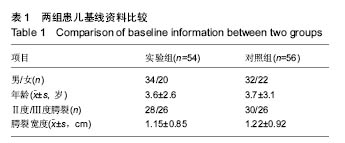
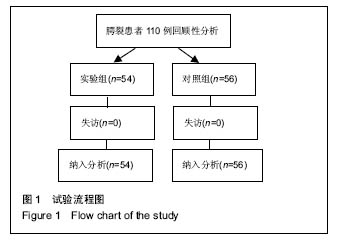
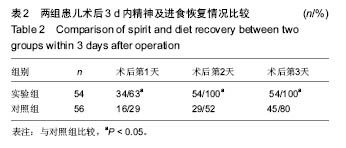
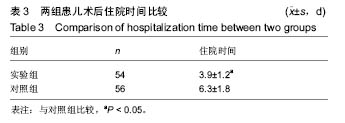
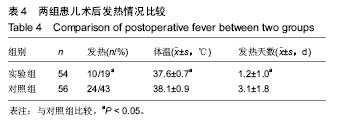
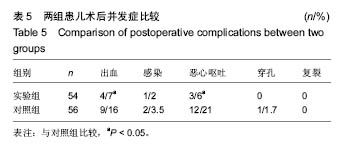
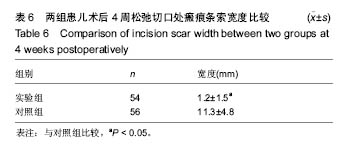
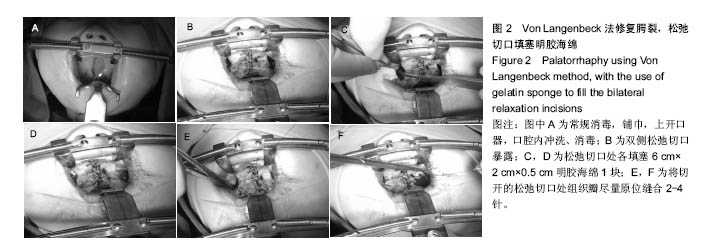
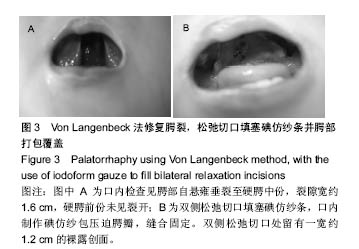
.jpg)